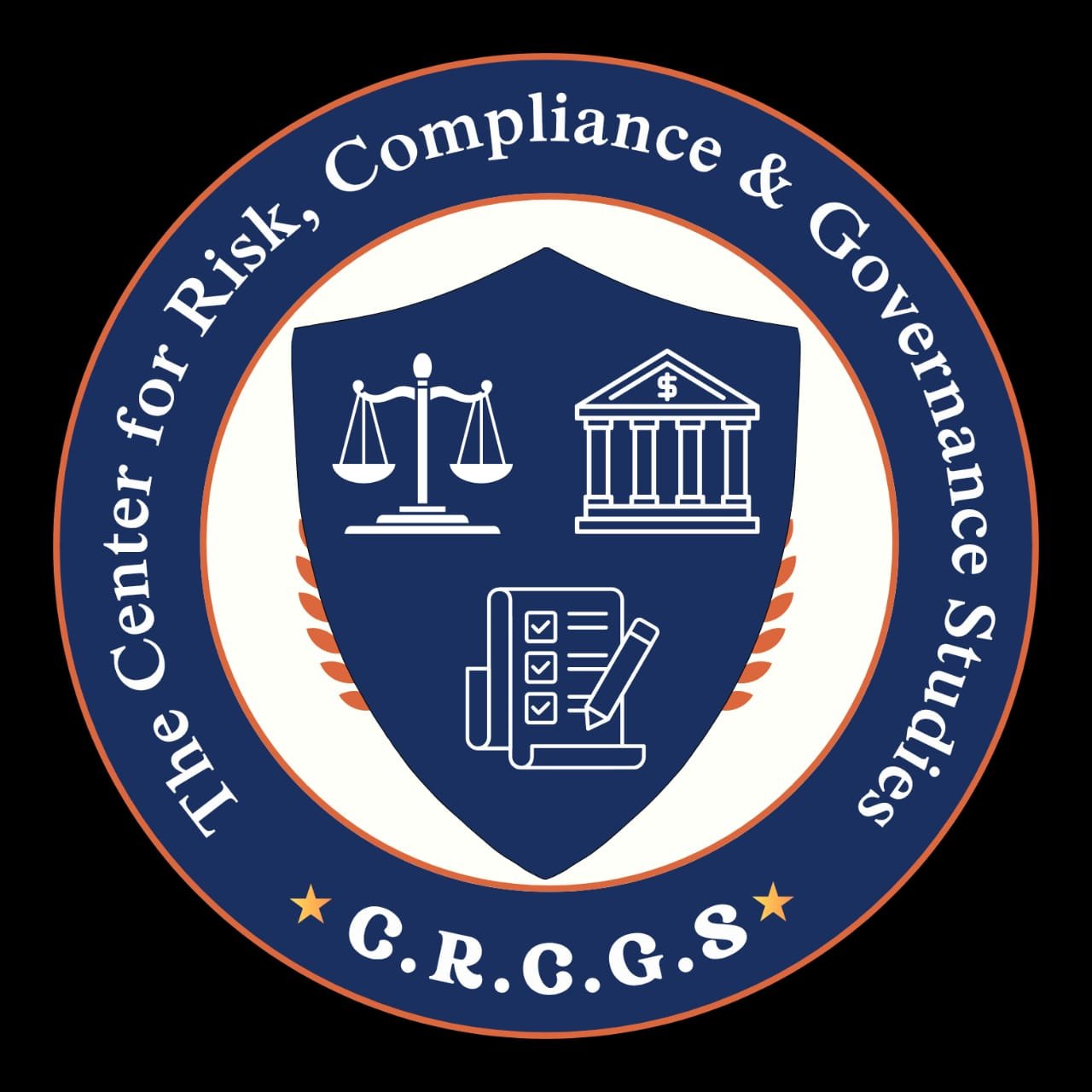Banks' Role in Fighting Financial Crime: KYC, AML, and Other Measures

Banks are essential to protecting the global economy from financial crime in today's ever-more complex financial ecosystem. Financial institutions serve as the first line of defence against a wide range of illegal activities, from fraud and identity theft to money laundering and terrorist financing. In addition to safeguarding themselves, banks also support the integrity and stability of the entire financial system by implementing strong frameworks like Know Your Customer (KYC) and Anti-Money Laundering (AML) programs.
Recognising the Threat Environment
Financial crime is complex and constantly changing. Financial channels are used by criminals to commit cyber fraud, finance terrorism, legitimise illicit funds, and avoid taxes. If ignored, these actions can damage confidence, raise operational risk, and result in heavy regulatory penalties.
Banks' Primary Duties in Fighting Financial Crime
Legally and morally, banks must set up robust controls to stop, identify, and report financial crime. The following are the main duties they perform:
1. Get to know your customers (KYC)
The cornerstone of any strategy to prevent financial crime is KYC. It entails confirming clients' identities both before and during their interactions with the bank. KYC process includes:
-
Customer Due Diligence (CDD)
-
Customer Identification Program (CIP)
-
Enhanced Due Diligence (EDD) for high-risk clients is are example of KYC procedures.
Efficient KYC procedures assist financial institutions in identifying their clients, evaluating risk, and making sure that malicious actors aren't abusing their services.
2. AML, or anti-money laundering Observance
The purpose of AML frameworks is to identify and report suspicious activity.
This comprises:
-
Transaction Monitoring Systems (TMS) to spot trends and warning signs.
-
Notifying the appropriate authorities of Suspicious Activity Reports (SARS).
-
Constant risk evaluations based on market trends and consumer behaviour.
To find irregularities suggestive of money laundering, compliance teams use real-time monitoring, machine learning, and advanced analytics.
3. PEP Monitoring and Sanctions Screening
Banks are required to check their clients and transactions against international watchlists, including those kept up to date by the EU, the UN, and the Office of Foreign Assets Control (OFAC). To prevent reputational and legal risks, they also need to keep an eye on their interactions with Politically Exposed Persons (PEPS).
4. Awareness and Training for Employees
Fighting financial crime involves more than just compliance. All bank workers, particularly those in operational and customer-facing positions, need to receive training on how to spot warning signs and follow internal procedures.
5. Data analytics and technology
Data is the driving force behind modern financial crime prevention. Banks use technologies such as blockchain analytics to track cryptocurrency transactions, artificial intelligence (AI) and machine learning for predictive risk scoring, and real-time payment screening tools that are integrated with ISO 20022 and SWIFT messaging standards.
By enabling the faster and more precise identification of anomalies, these tools lower false positives and increase the effectiveness of investigations.
Developing a Culture of Risk Awareness Beyond Compliance
Banks need to do more than just check boxes. It is essential to establish a culture of risk awareness and compliance. Among these are:
-
Robust governance structures.
-
Transparent whistleblower procedures and a clear tone from the top.
-
Regular gap analyses and internal audits.
The International Cooperation Initiative
To exchange intelligence and bolster financial crime defenses, financial institutions work closely with law enforcement, industry associations, and regulators (such as the FCA, FinCen, and FATF). Tracking intricate, transnational threats requires public-private partnerships and cross-border cooperation.
Conclusion
Maintaining the integrity of the global financial system is the primary goal of banks' role in fighting financial crime, which goes far beyond their regulatory duties. By making investments in state-of-the-art technology, implementing stringent internal controls, and cultivating a compliance culture, banks can maintain public trust while successfully reducing risks. Continuous improvement in KYC, AML, and other areas must be a top priority since threats and countermeasures must change as well.

 CRCGS
CRCGS 





